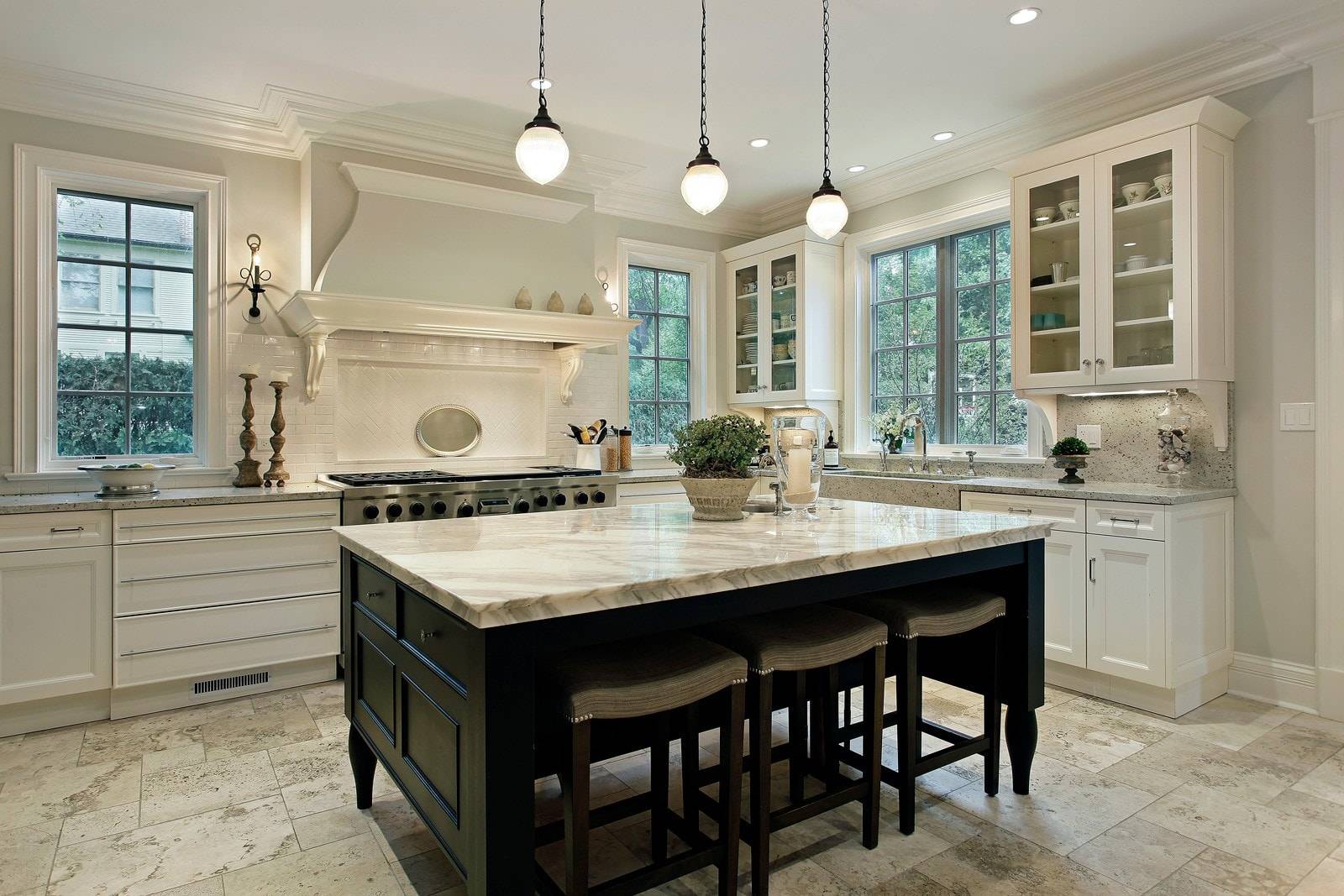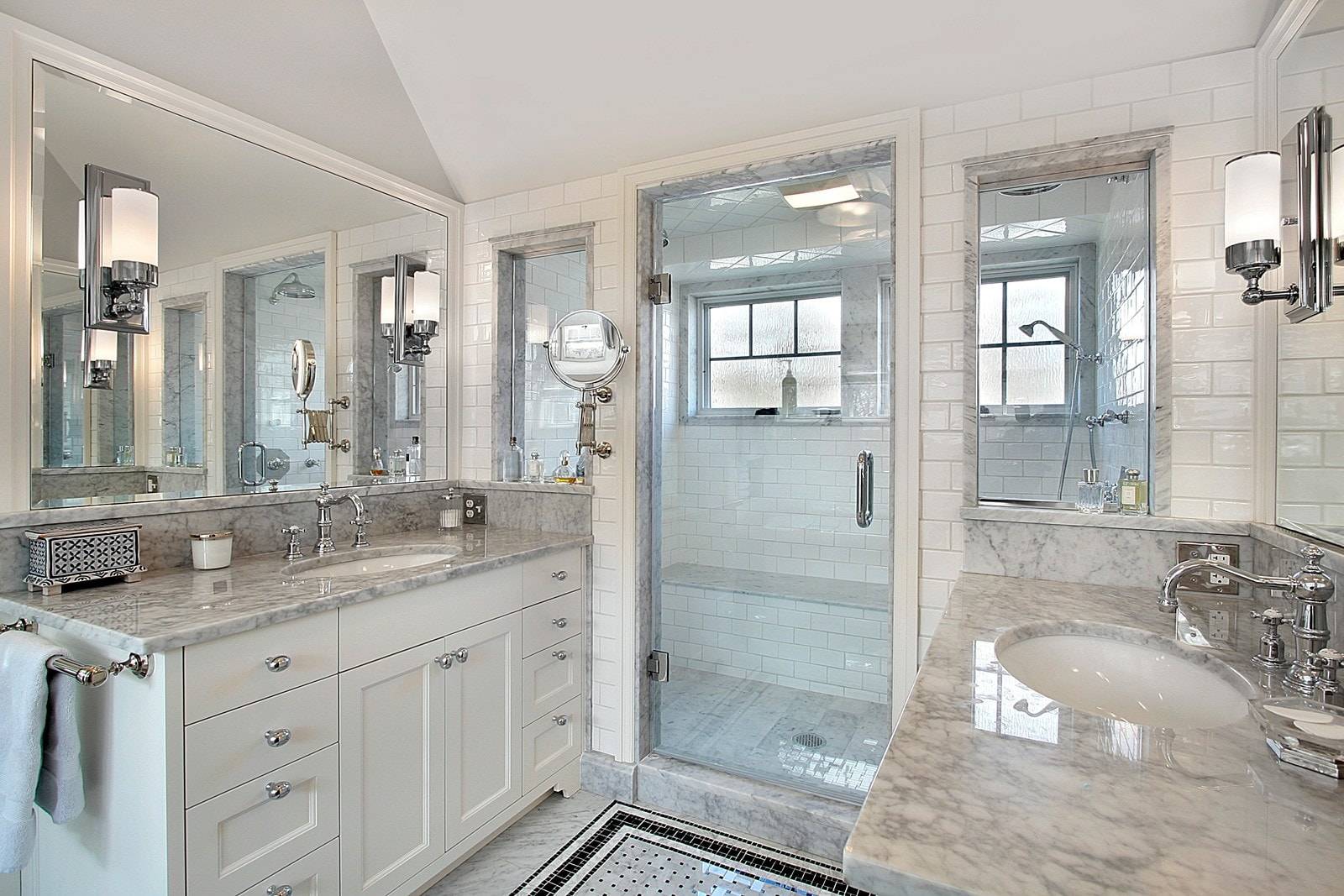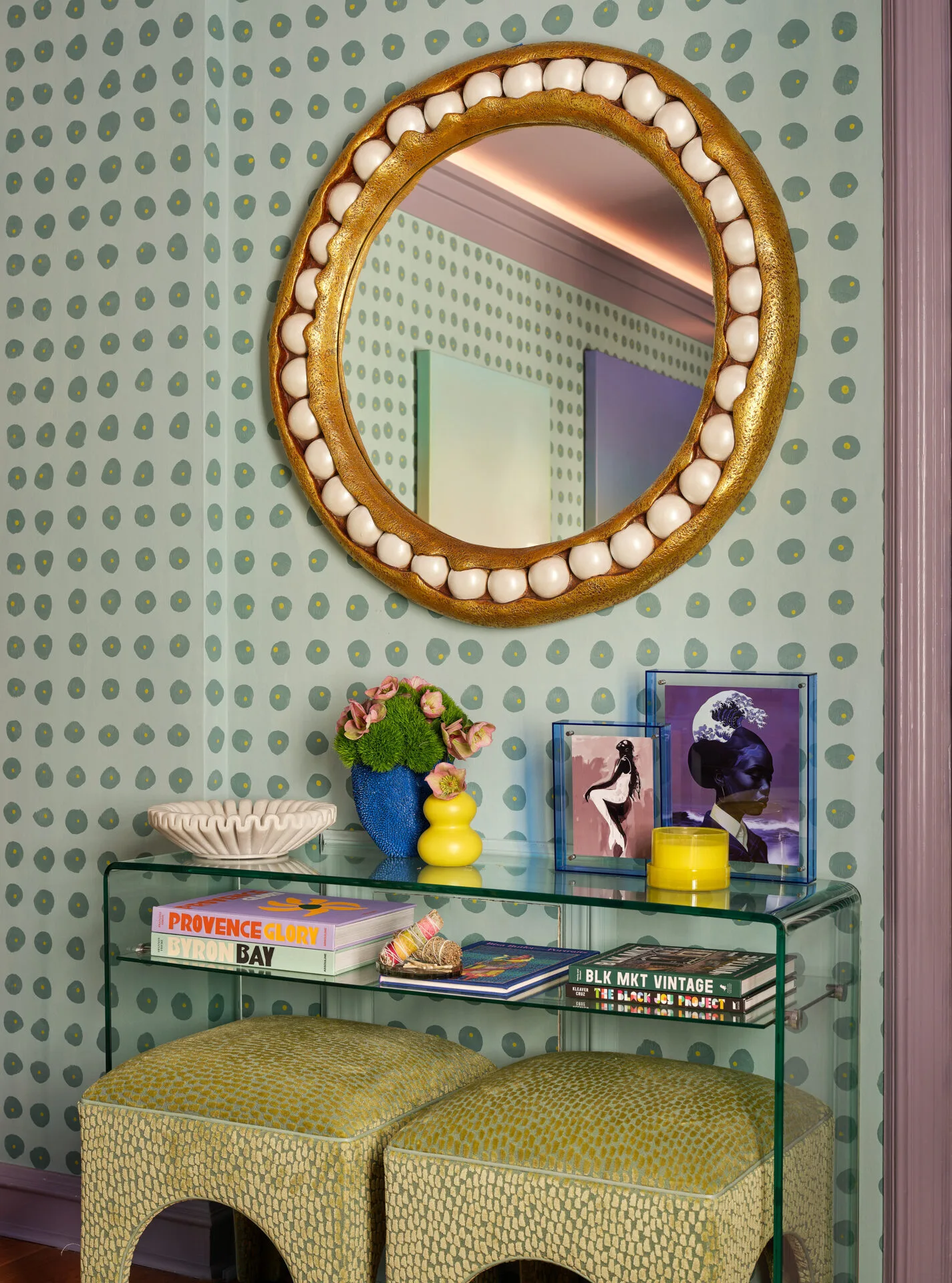
What is Marble?
Marble - a classic beauty that has been used for thousands of years by kings and queens, and to even mention the word evokes a sense of luxury. Empires have been adorned with its unique beauty, and tributes have been carved into it throughout the ages.
Due to its natural qualities, this stone has a reputation of being ‘softʼ and a no-no as a kitchen countertop. However, if you follow certain guidelines and are willing to take care of this material, there is nothing quite like the stunning classic look of marble.
Due to its natural qualities, this stone has a reputation of being ‘softʼ and a no-no as a kitchen countertop. However, if you follow certain guidelines and are willing to take care of this material, there is nothing quite like the stunning classic look of marble.

History of Marble
Marble starts out as limestone on the shores and beds of tropical seas. Limestone contains shells and shell remnants that are made of mineral calcite, which is responsible for the softness of marble.
Since ocean beds are constantly moving from the center towards the continents, this movement, combined with heat, forms the layers of marble. The heat fuses together calcite; the singular particles do not melt but become malleable enough to be packed together tightly. The visible grey swirls in marble are the occasional clay and sand layers folded into the white mass.
Since ocean beds are constantly moving from the center towards the continents, this movement, combined with heat, forms the layers of marble. The heat fuses together calcite; the singular particles do not melt but become malleable enough to be packed together tightly. The visible grey swirls in marble are the occasional clay and sand layers folded into the white mass.

Properties of Marble
While marble is regarded as porous and soft, it is also seen as luxurious and is extensively used in high-end projects. One of the most heat resistant stones (much more so than the quartz that is usually offered for white kitchens), it is loved by bakers as countertops but can be also put around fireplaces. Other common uses are found in the bathroom, flooring or as accent walls.
Honed and structured surfaces can handle much more kitchen day-to-day activities than polished countertops which can etch through acidic liquids. With its beautifully soft, satin finish, people seem to prefer marble even if just for its look.
Honed and structured surfaces can handle much more kitchen day-to-day activities than polished countertops which can etch through acidic liquids. With its beautifully soft, satin finish, people seem to prefer marble even if just for its look.

Marble Care
Daily
Marble, like other natural stones, should be cleaned with mild soaps or special stone cleaners. Usually, just wiping off the dirt with a wet sponge is sufficient for daily maintenance.
You can prevent stains often caused by red wine or oils by using cutting boards and coasters, and by wiping off spills right away. Many stains can be removed by restoration.
Acidic liquids like citrus fruits, vinegar, tomatoes can etch the marble when left for too long. However, this is invisible on honed or leathered surfaces.
You can prevent stains often caused by red wine or oils by using cutting boards and coasters, and by wiping off spills right away. Many stains can be removed by restoration.
Acidic liquids like citrus fruits, vinegar, tomatoes can etch the marble when left for too long. However, this is invisible on honed or leathered surfaces.
Long term
It is recommended to seal your marble countertops when needed (similar to carpet cleaning, you will see when itʼs time). The sealer can prevent staining by penetrating and filling the pores just underneath the surface of the stone,
prolonging the absorption of liquids to give you more time to wipe off the spills. However, the sealer cannot shield off etching.
Marble can be refinished endless times, as only a minute layer is being taken off by the restaurateur. Just keep in mind that this an undertaking that requires a lot of effort. Nowadays however, sealers are a highly effective form of protection without changing the color of the stone itself.
prolonging the absorption of liquids to give you more time to wipe off the spills. However, the sealer cannot shield off etching.
Marble can be refinished endless times, as only a minute layer is being taken off by the restaurateur. Just keep in mind that this an undertaking that requires a lot of effort. Nowadays however, sealers are a highly effective form of protection without changing the color of the stone itself.




